How to Perform a Foreclosure Cleanout Effectively
Foreclosure cleanouts are a critical aspect of managing properties that have been repossessed by lenders. These cleanouts involve clearing out all belongings left behind by former occupants, which can range from furniture to hazardous materials. Properly handling a foreclosure cleanout is crucial for making the property market-ready. In this post, we’ll cover why foreclosure cleanouts are important, outline a step-by-step process for completing them efficiently, and provide tips to ensure everything goes smoothly.
What is a Foreclosure Cleanout and Why It Matters
A foreclosure cleanout is the process of removing all personal property and debris from a home that has been foreclosed upon. This step is necessary to prepare the property for sale or rental. A clean, clutter-free home not only looks better in listings but also sells faster and at a better price.
- Property Value: A well-maintained property can significantly increase in value.
- Legal Compliance: Proper disposal of items, especially hazardous materials, is essential to avoid legal complications.
- Safety Concerns: Removing clutter reduces the risk of accidents during property visits.
Comparison of DIY vs. Professional Cleanout
| Aspect | DIY Cleanout | Professional Cleanout |
|---|---|---|
| Cost | Lower upfront cost | Higher cost due to labor and services |
| Time | Longer, depending on availability | Faster, due to experience and resources |
| Safety | Risk of improper handling | Professionals handle safely and legally |
| Efficiency | Dependent on personal effort | Highly efficient with the right tools |
How to Handle a Foreclosure Cleanout
Handling a foreclosure cleanout requires a systematic approach. Here’s a step-by-step guide to help you manage the process efficiently:
Step 1: Assess the Property
Before you begin the cleanout, thoroughly assess the property. Take note of the amount and type of items left behind. This assessment will help you determine the resources you'll need, such as the number of dumpsters, labor, and whether any hazardous materials are present.
- Checklist for Property Assessment:
- Inventory of all items.
- Identify any hazardous materials.
- Check for valuable items that might have been left behind.
- Assess the condition of the property.
Step 2: Create a Cleanout Plan
Once you’ve assessed the property, create a detailed plan. This plan should include the timeline, the number of workers required, and the equipment needed. It’s also important to establish a budget at this stage.
- Key Elements of a Cleanout Plan:
- Timeline: Estimate how long the cleanout will take and set milestones.
- Resources: Determine how many workers and what equipment will be necessary.
- Budget: Include costs for labor, dumpsters, transportation, and disposal fees.
Step 3: Hire a Professional Cleanout Service
For larger or more complex cleanouts, hiring a professional cleanout service is often the best option. These services have the experience and equipment needed to handle all aspects of the cleanout efficiently.
- Benefits of Professional Services:
- Efficiency: Professionals can complete the cleanout faster.
- Safety: Proper handling and disposal of hazardous materials.
- Compliance: Ensures all legal requirements are met.
Step 4: Remove All Items
Start by removing all items from the property. This includes furniture, appliances, and personal belongings. Items should be sorted into categories: keep, donate, recycle, or dispose of.
- Sorting Categories:
- Keep: Items of value that the bank may want to retain.
- Donate: Usable items that can be donated to charity.
- Recycle: Items that can be recycled, such as metal or glass.
- Dispose: Items that are damaged or hazardous and need proper disposal.
Step 5: Deep Clean the Property
After removing all items, the next step is to deep clean the property. This involves cleaning carpets, walls, and windows, and ensuring the property is free of odors and pests.
- Deep Cleaning Checklist:
- Carpets: Steam clean or replace.
- Walls: Wash or repaint if necessary.
- Windows: Clean inside and out.
- Pest Control: Ensure the property is free of pests.
Step 6: Final Inspection
Before considering the cleanout complete, perform a final inspection. Check that all debris has been removed, and the property is in a market-ready condition. This is also the time to ensure all safety and compliance measures have been met.
- Final Inspection Points:
- Ensure no items are left behind.
- Confirm that all hazardous materials have been properly disposed of.
- Verify that the property is clean and ready for listing.
FAQs About Foreclosure Cleanouts
Q: How long does a foreclosure cleanout take?
The duration depends on the size of the property and the amount of debris. On average, it can take anywhere from a few days to a week.
Q: Can I handle a foreclosure cleanout myself?
While it's possible, hiring a professional cleanout service is recommended for efficiency and safety, especially for larger properties or those with hazardous materials.
Q: What happens to the items removed during a cleanout?
Items are typically sorted into categories: keep, donate, recycle, or dispose of. Valuable items may be kept by the bank, while others are donated or disposed of according to local regulations.
Foreclosure cleanouts can be daunting, but with the right approach, they don’t have to be overwhelming. By following the steps outlined in this guide, you can efficiently clean out a property and get it ready for sale, ensuring you maximize its market potential.
EMAIL US
Get A Free Estimate
Sign up to our newsletter
We will get back to you as soon as possible
Please try again later
Cities we service
Cape Coral
Bonita Springs
North Fort Myers
Lehigh Acres
Captiva
St James city
Bokeelia
Estero
Services
Hours
Monday : 8am - 6pm
Tuesday : 8am - 6pm
Wednesday : 8am - 6pm
Thursday : 8am - 6pm
Friday : 8am - 6pm
Saturday : 8am - 6pm
Sunday : 8am - 6pm
All Rights Reserved | Pure Disposal


